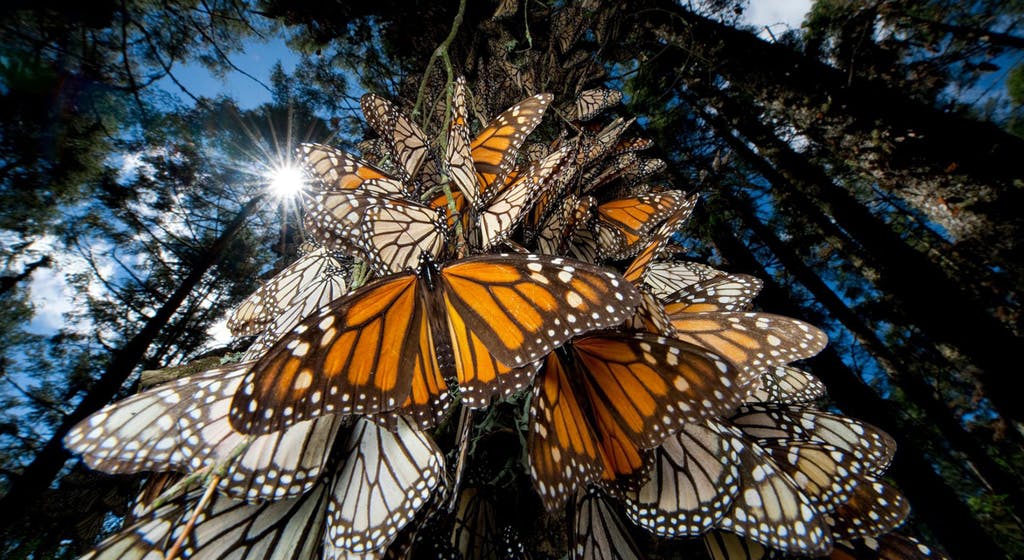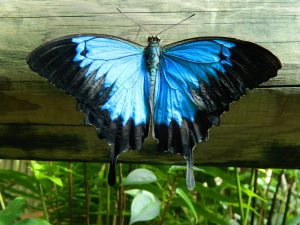Butterflies may be small, but butterfly migrations see them taking pretty huge journeys! From iconic Monarch butterflies, to the Australian Caper Whites, here’s 3 incredible butterfly migrations that beat all odds of nature.
Monarch Butterfly Migration
(Photo Source: https://news.nationalgeographic.com/2017/10/monarch-butterfly-migration/)
Migrating from: Northeastern USA and Canada to South-West Mexico
Length of migration: 3,000 miles
How often does it occur? Annually
The most famous migratory butterfly of all is undoubtedly the Monarch Butterfly. Amazingly, the Monarch is the only two-way migratory butterfly in existence. These iconic butterflies travel south to Mexico for Winter and then return north to North America for Spring.
Once the butterflies have reached Mexico, they head up to Mexico’s Sierra Madre Mountains. In Sacred Fir Trees, the butterflies famously congregate close together in their millions to create an incredible micro-climate.
After the cold Winter has passed, the second phase of the butterfly migration takes places. The Monarchs travel north to balmy Texas to reproduce on milkweed plants.
Despite the Monarch Butterfly being an expert at two-way migration, it may take up to four or five generations of butterflies to complete the entire round trip.
Caper White Butterfly Migration
(Photo Source: news.com.au)
Migrating from: West Queensland to South-East Queensland
Length of migration: 3,000 miles
How often does it occur? Every 6-10 years
The Caper White Butterfly migration is a rare phenomenon that only happens every six to ten years. The last Caper White Butterfly migration happened in 2016 and was believed to have been caused by warm and stormy weather in the butterflies normal habitat. The butterflies migrated from Western Queensland to the other side of the Great Dividing Range to find caper shrubs and creepers in which to lay their eggs.
The migration takes place in Spring and the butterflies maintain flight around 2-3m above the ground during the day.
Migrations in November and December have also been reported in New South Wales. Strangely enough, North-Easterly flights have been reported in the Australian Capital Territory, whereas both Northerly and Southerly flights have taken place near Sydney.
Ironically, Cape White Butterflies often end up migrating to a habitat with none of their food plants, or even out to sea.
Painted Lady Butterfly Migration
(Photo source: dailymail.co.uk)
Migrating from: Africa to Europe
Length of migration: 9,000 miles
How often does it occur? Annually
The Painted Lady may be relatively small, bit it has the longest continual flight of all migratory butterflies recorded. This butterfly travels an astounding 2,500 miles at a time. Alongside this, the Painted Lady flies at an altitude of 3,000 ft, which means that they cannot be spotted by humans during migration.
The Painted Lady migrates from Europe to Africa during the Autumn, which is a 9,000 miles journey. In early Spring, then travel across the Sahara Desert and recolonise in the Mediterraean The round trip takes over one year and up to six successive generations to complete the journey. The migratory pattern of the Painted Lady is often compared to that of migratory birds.









